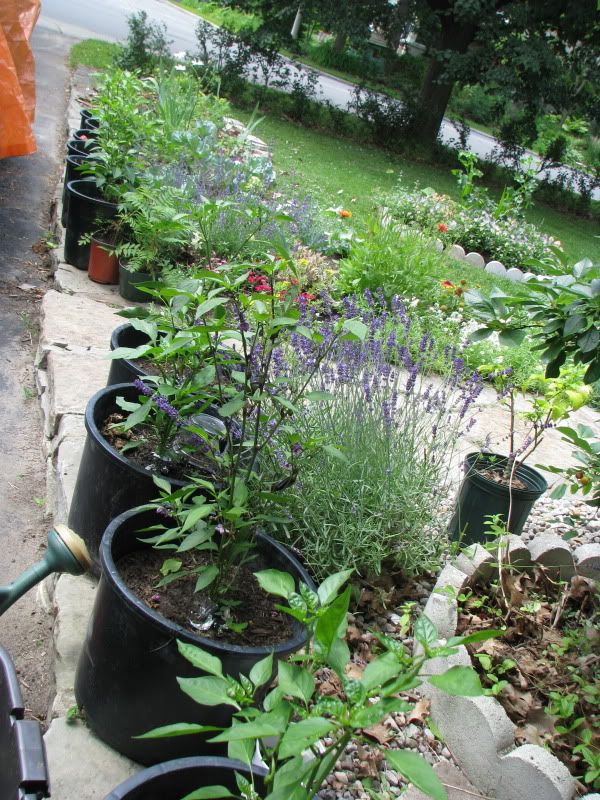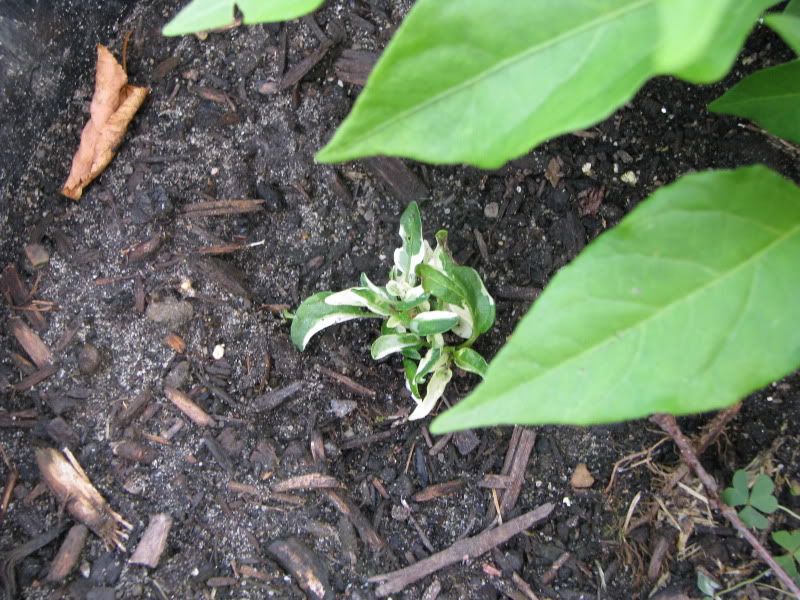(Scroll down for how to save pepper seeds)
For those of you gracious enough to share seed, a selection of your babies:
Black Hungarian from Southwest Ontario:
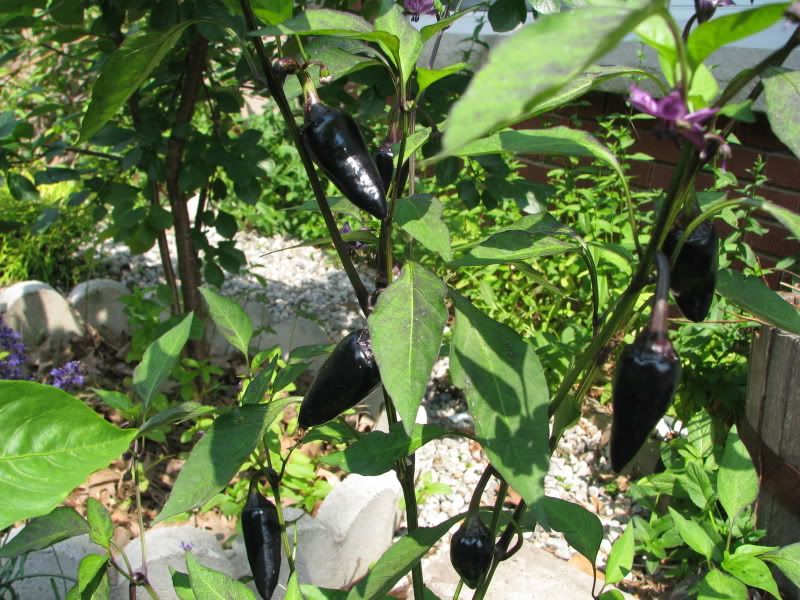
I was intrigued by this variety but had never tried it before. The plant is very ornamental and productive even in our less than ideal weather as of late. I am looking forward to tasting them.
D'eschellette (my ink ran... Michel what was that pepper called again?... How plant names get altered.) from MidEastern Ontario
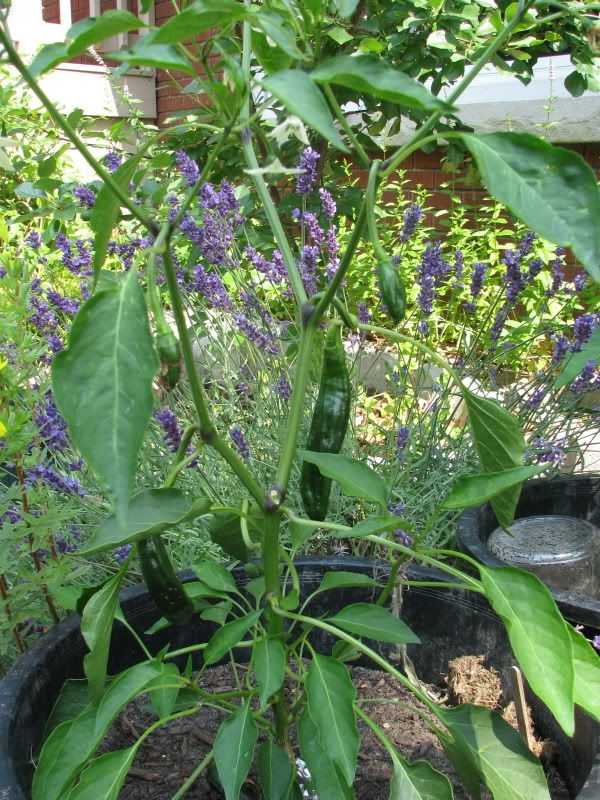
Since I took this picture, mere days again, these peppers have really beefed out.
Banana Pepper from somewhere... I can't remember exactly where... (why you should keep better records than me.)
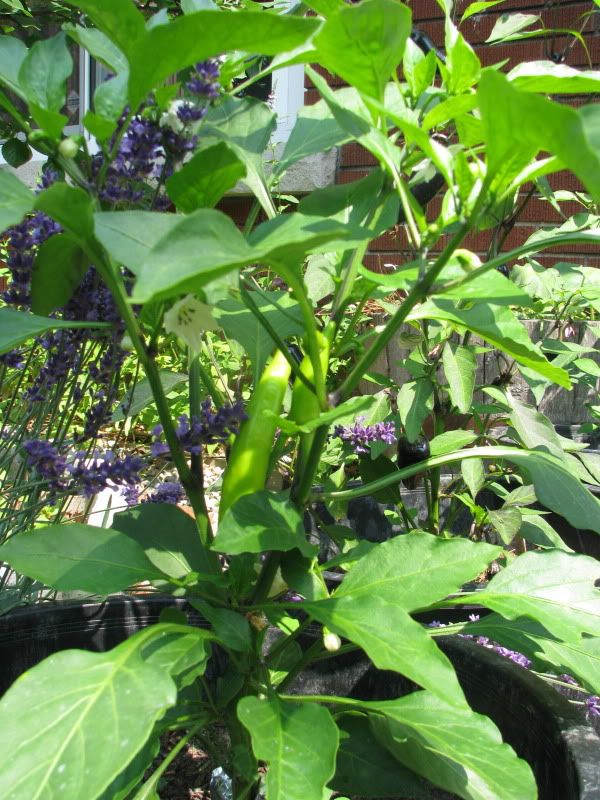
Mini Chocolate Bell saved from my garden
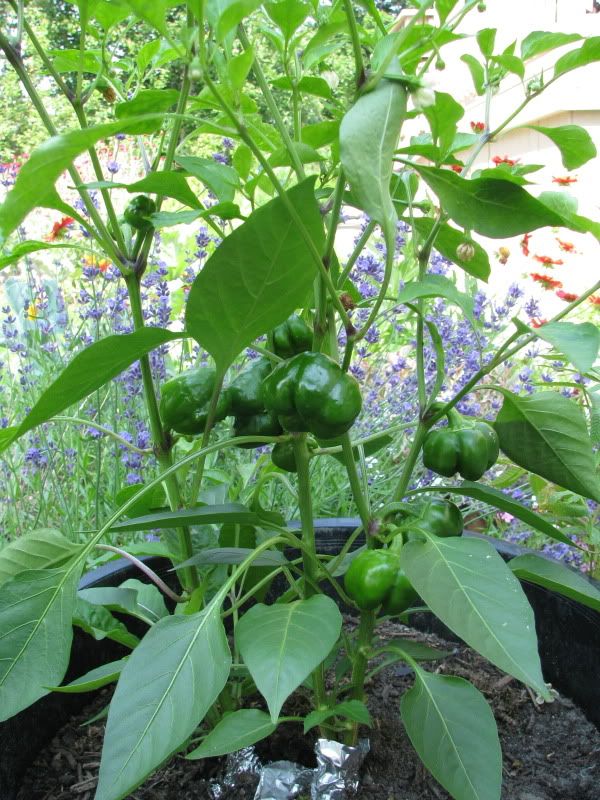
I did not isolate these plants from the others they were snuggle-close with so I don't know if there has been any crossing or not. However, they do have strange pointy bits on their flesh which I'm not sure is a change in the genes or some sort of pest damage. The peppers look undamaged just bumpy.
Scotch Bonnet Habenero from grocery store
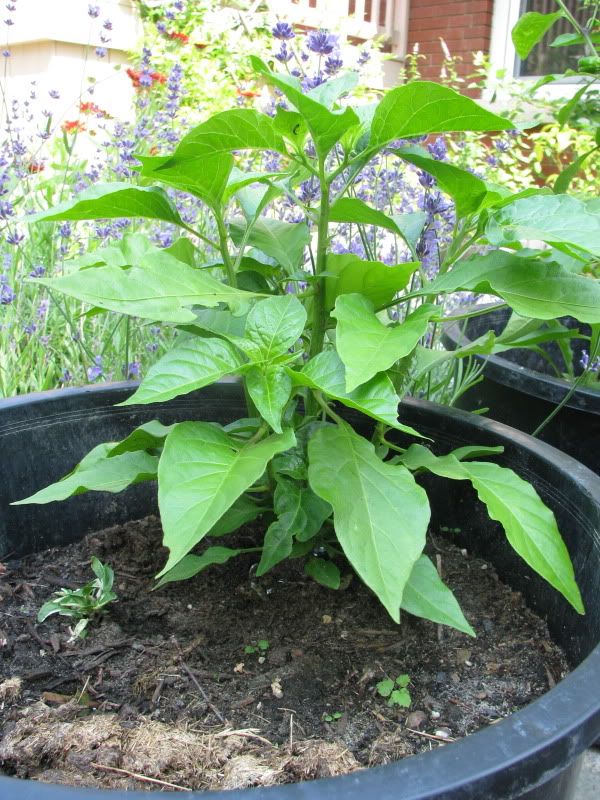
Thanks box store, and anonymous growers, for these. They are just about to flower so I'm not expecting fruit to ripen outside or even this year but I overwinter my peppers so hopefully next year I can taste them. Beside it is the re-rooted variegated fish that I saved from The Museum of Agriculture's demonstration gardens (it was on the ground, I swear). I'll have to wait until next year to get fruit from that too.
4 year old peppers plants confined to small pots:
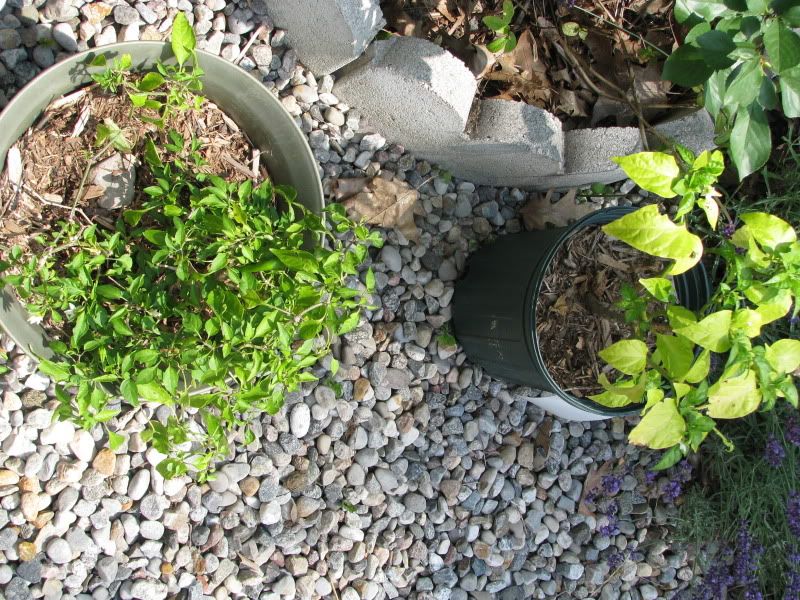
Long Red Cayenne, on the left, producing strong and Fatali taking a break this year after fruiting indoors.
***
Saving Pepper Seeds
This is easy. Find yourself ripe peppers, scrape out the seeds, let them dry for a good week, spread out on a flat surface with good air circulation, not touching anything, and then label and put away in a cool, dry place like other seeds.
I like to dry mine on paper towels as they suck up moisture. They also tend to stick to the seed but a bit of dry towel on my seed hasn't yet been a problem for germination.
Okay, that's the way I do it but there are some caveats.
Caveat 1: Peppers are generally self-pollinating (they fertilize themselves) but if you are growing more than one variety, especially in the same species (same latin name), it's possible they might cross. Sources vary on how common this is (see Chileman link below for lots of detail)
Caveat 2: If you are saving from a hybrid pepper, then the result is anyone's guess but heck, if you have the room, it might be fun to experiment.
Caveat 3: I'm assuming peppers carry seed born diseases. Chileman recommends discarding any deformed, damaged or spotty seeds. You can treat seeds with 'hot water' before planting them. I have never tried this but it sounds like something you would want to do just before sowing them. As a general rule, don't save seed from plants with serious disease and warn the person you are sharing seed with of any potential problems. Destroy any deformed or suspicious seedlings or plants while growing too.
***
Chileman gives you more details on saving hot pepper seeds
Treating seed with hot water or chlorine from the Ohio State University


